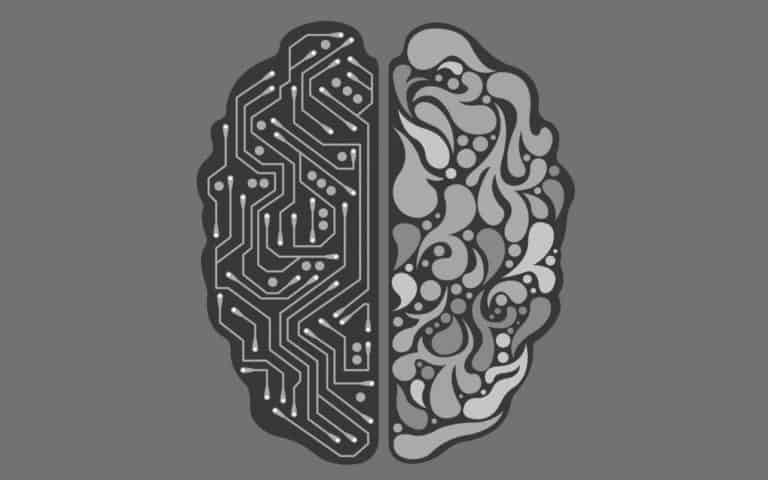Researchers at Intel Labs and Cornell University have developed a new research chip called Loihi. This is a chip based on structures in the human brain, which allows the Loihi chip to identify certain hazardous chemicals based on their smell.
Loihi was able to identify each tested chemical via its odour, without losing its memory of previously learned odours, the researchers state. Furthermore, the chip has a high accuracy compared to other recognition systems. This stems from an in-depth training system that initially requires about 3,000 times more samples to achieve the same level of accuracy as other systems.
Loihi mimics how the human brain solves processes and problems. According to Intel, the chip is unique because it can use the knowledge it already possesses to draw conclusions about new data, thereby accelerating the training process exponentially.
Simulating the human brain
The recent research with the chip describes how Intel Labs and Cornell’s researchers created a neural algorithm based on the neural circuits of the human brain. As a result, the chip was able to learn and recognise the smell of 10 different hazardous chemicals.
When someone smells a particular substance, the molecules of that substance stimulate the olfactory cells in the nose that send signals to the brain. Subsequently, electrical pulses within an interconnected group of neurons generate a unique experience of that smell. These unique electrical pulses are also used in Intel’s Loihi chip.
The research used a dataset consisting of data about 72 known chemical sensors in the brain and how they react to the smell of each chemical. That data was used to configure what the team calls “a circuit diagram of biological sense of smell”. Loihi was then able to recognise the neural representation of each odour and identify each odour.
